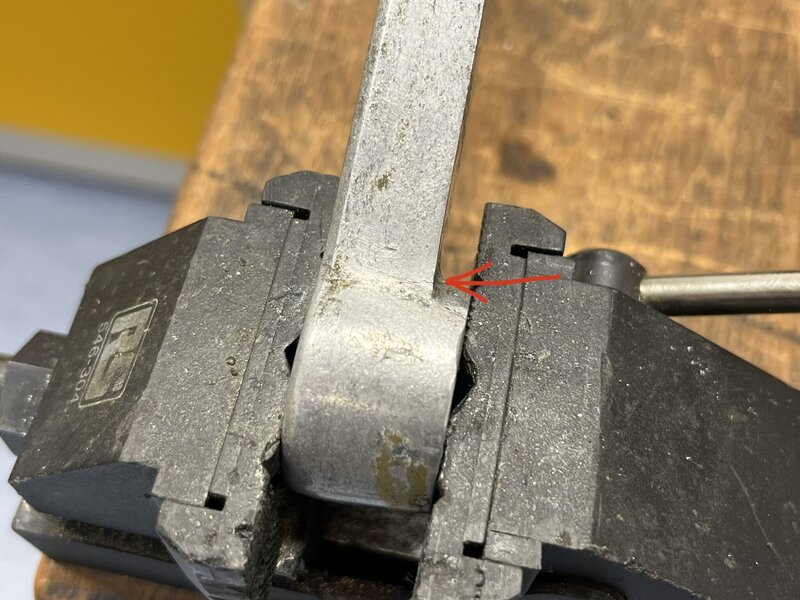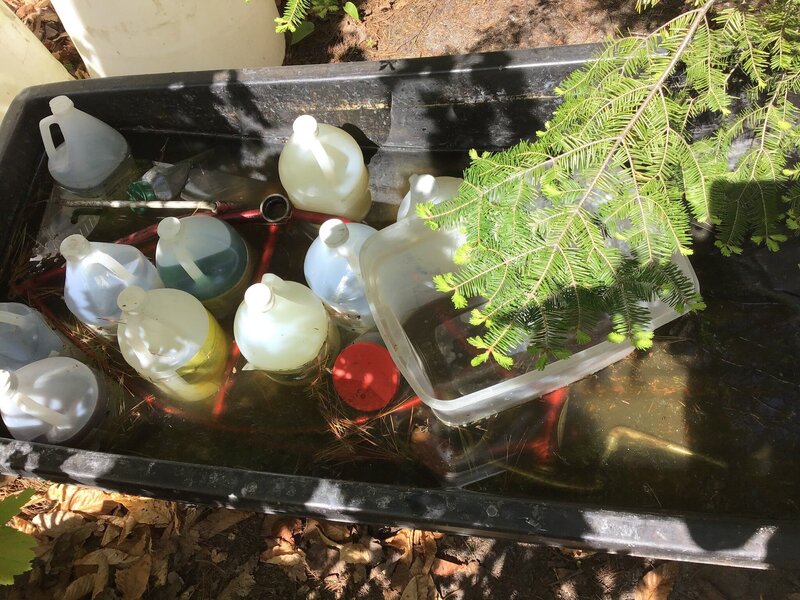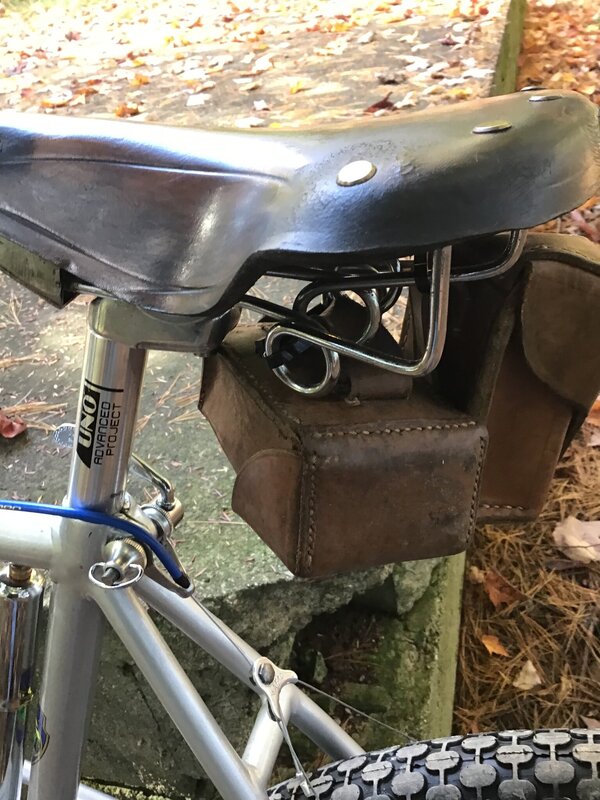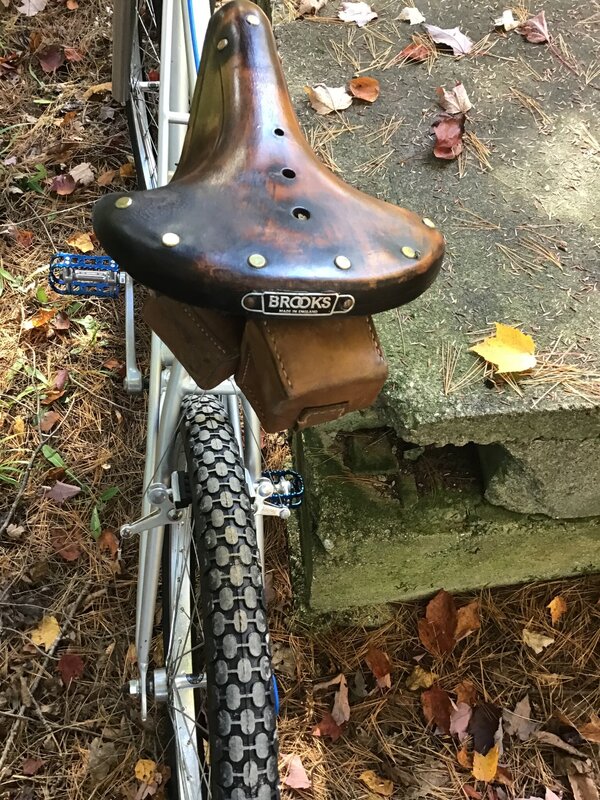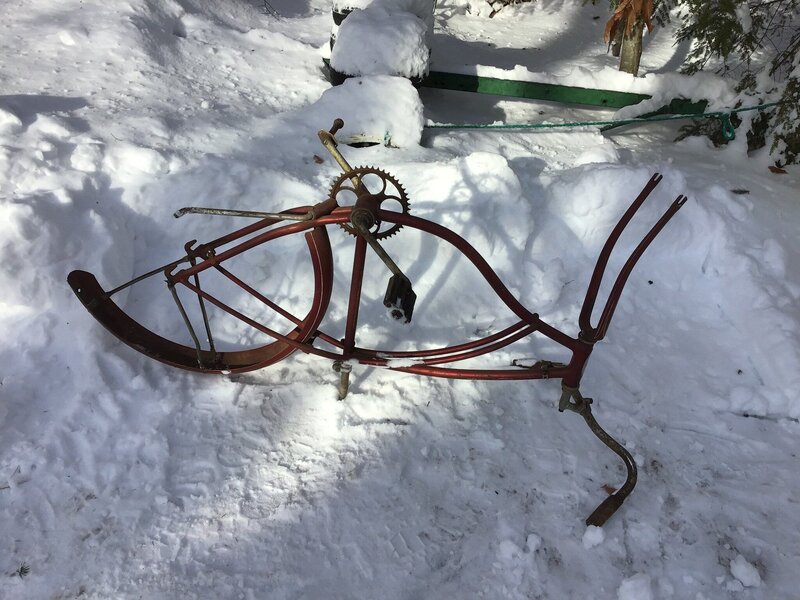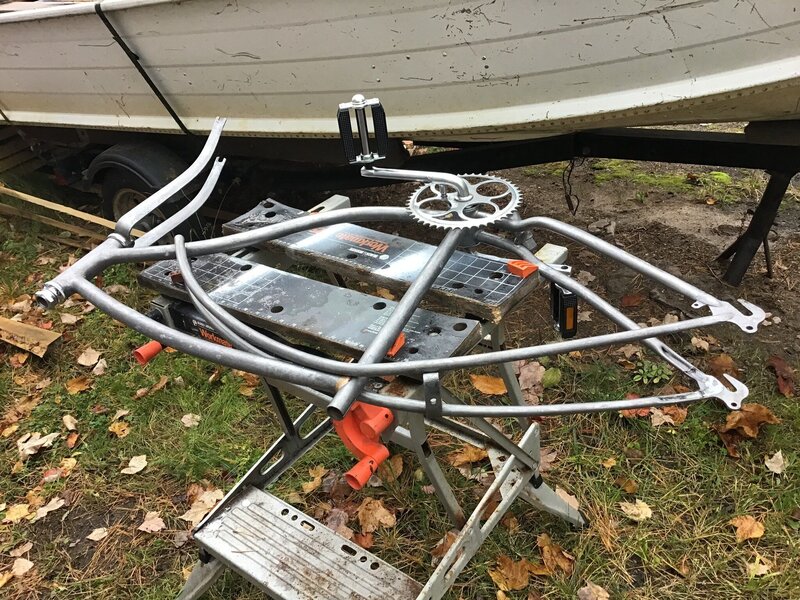Regarding the Rene Herse cranks currently available for sale, I remembered reading that they are not anodized. Here's a link -

 www.renehersecycles.com
www.renehersecycles.com

Why René Herse Cranks Aren't Anodized
Sometimes, we get questions about why our René Herse cranks aren't anodized. Some even wondered if this was a cost-saving measure. Rest assured, Compass never will choose a cheaper process over a better one. There is a reason why our cranks aren’t anodized: When I was racing,…

